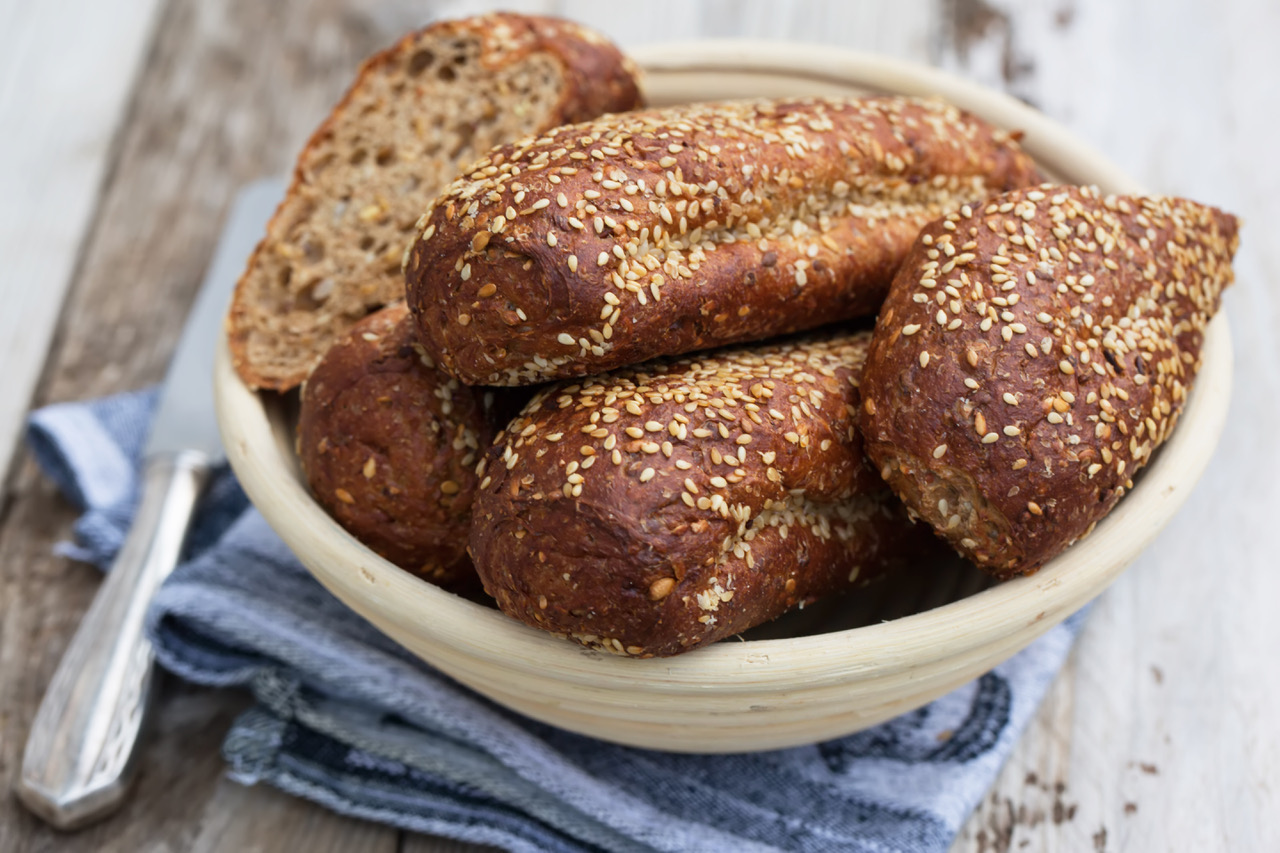The Manitoba Advantage in Wheat and Barley
Manitoba is the heart of Canada’s grain industry, with many commodity organizations and leading companies clustered around Winnipeg. In 2022, Manitoba was Canada's third-largest wheat producer, contributing just over 14 per cent of the nation's total production. Canada’s variety registration and grain grading system enable the production and export of clean, consistent, high-quality grains. These factors position Canada as a reliable supplier of safe and nutritious wheat globally. Canada has consistently ranked as one of the top global exporters of wheat worldwide.

Manitoba’s Wheat and Barley Industry
- In 2022, Manitoba harvested 4.8 million metric tonnes of wheat, on par with the five-year average production.
- Farm cash receipts for wheat increased by 15 per cent to $1.7 billion in 2022, setting a new record.
- In 2021, Manitoba exported 3.4 million metric tonnes of unprocessed wheat seed worth $1.31 billion. In 2022, export revenue of wheat seeds stands at $1.55 billion. Top export markets include Indonesia, Japan, China and Bangladesh.
- Barley supplies are used to supply the domestic malt industry and the food processing industry. In 2021, Manitoba reported 412,500 acres of seeded area in barley and 431,591 tonnes in production. Manitoba exported 281,936 metric tonnes of barley with a total value of $93 million.
- In 2021, the average yield for barley was 54.8 bushels per acre.
- In 2022, Manitoba generated $61 million in farm cash receipts for barley.
- Both wheat and barley are critical in supplying protein and energy to the growing animal feed industry here in Canada and worldwide.
- Manitoba exported 282,000 tonnes of unprocessed barley seed worth $93 million. As of May 2022, export revenue and export volume of barley seeds stands at $11 million and 25,193 tonnes, respectively.
Processor
Industry Associations
Market and Consumer Trends
The demand for wheat is growing worldwide, and wheat protein content is essential in determining wheat’s quality and functionality. Spring wheat protein content is about 13 to 14 per cent, while barley protein content is about nine to 10 per cent. The global food industry offers highly specialized wheat protein ingredients such as isolates and textured wheat protein. Wheat protein can be used in various new food products such as nutritional supplements and beverages (wheat protein isolate) or meat replacements (textured wheat protein).
In 2022, wheat prices in Manitoba rose sharply in the first five months of the year, but then retreated quickly and spent the last five months of the year trading in a range of about $400 to $440 per metric tonne, which was near where prices started the year. Manitoba’s wheat is exported via Canada’s West Coast and eastern ports and by rail to the United States.
Manitoba market prices for grains and oilseeds can be accessed here.
Research
Cereals Canada is a national, non-profit organization that brings together partners from all sectors of the cereal grains value chain. In 2020, they supported over 52,000 Canadian farms and returned $9.9 billion in export revenue to the Canadian economy. Cereals Canada provides world-renowned pre-market and in-market technical support for the Canadian grain sector through its technical division.
Manitoba’s crop diversification centres, the University of Manitoba and the Agriculture and Agri-Food Canada research station in Brandon conduct cereal crop agronomy research.
Manitoba-based research institutions offer expertise in plant breeding and innovation. The University of Manitoba has winter wheat and perennial intermediate wheatgrass breeding programs and a fusarium head blight wheat nursery program. The Agriculture and Agri-Food Canada research station in Brandon has a wheat and barley breeding program.
Contact
For more information about Manitoba’s wheat and barley sector or to get this information in an alternate format, email us at: mbproteinadvantage@gov.mb.ca

